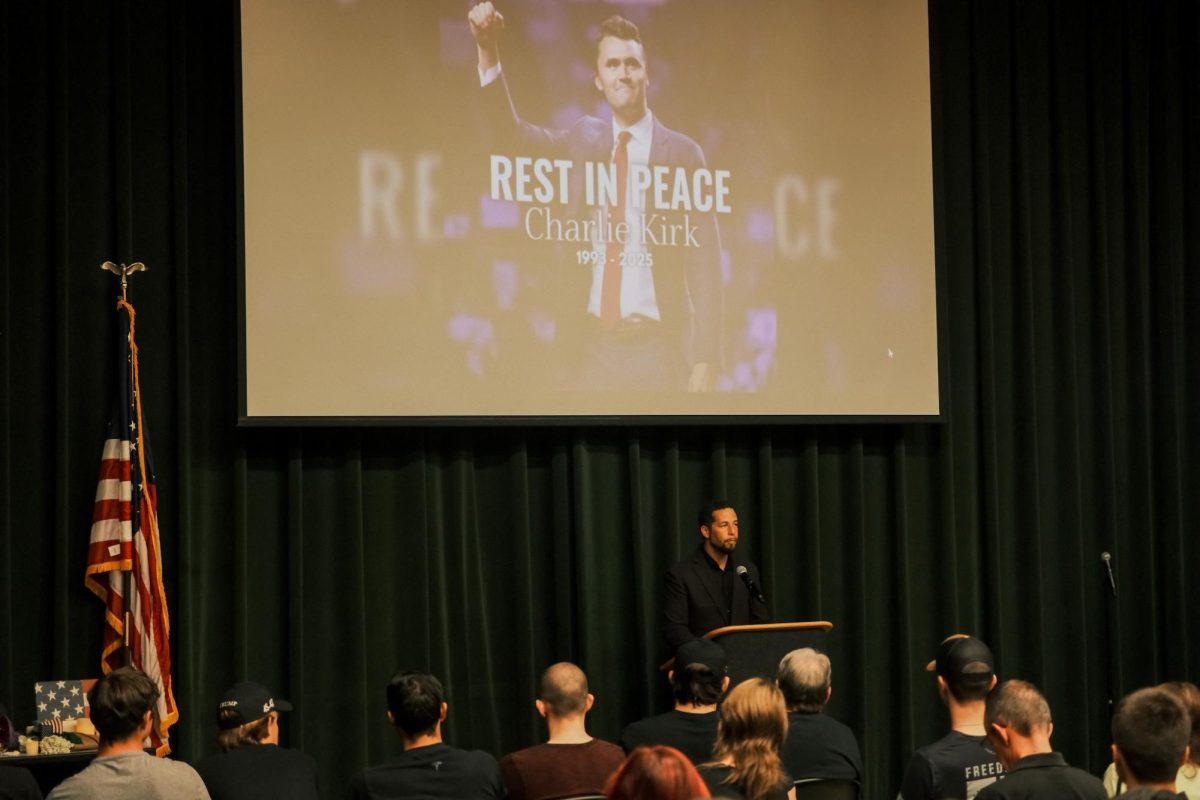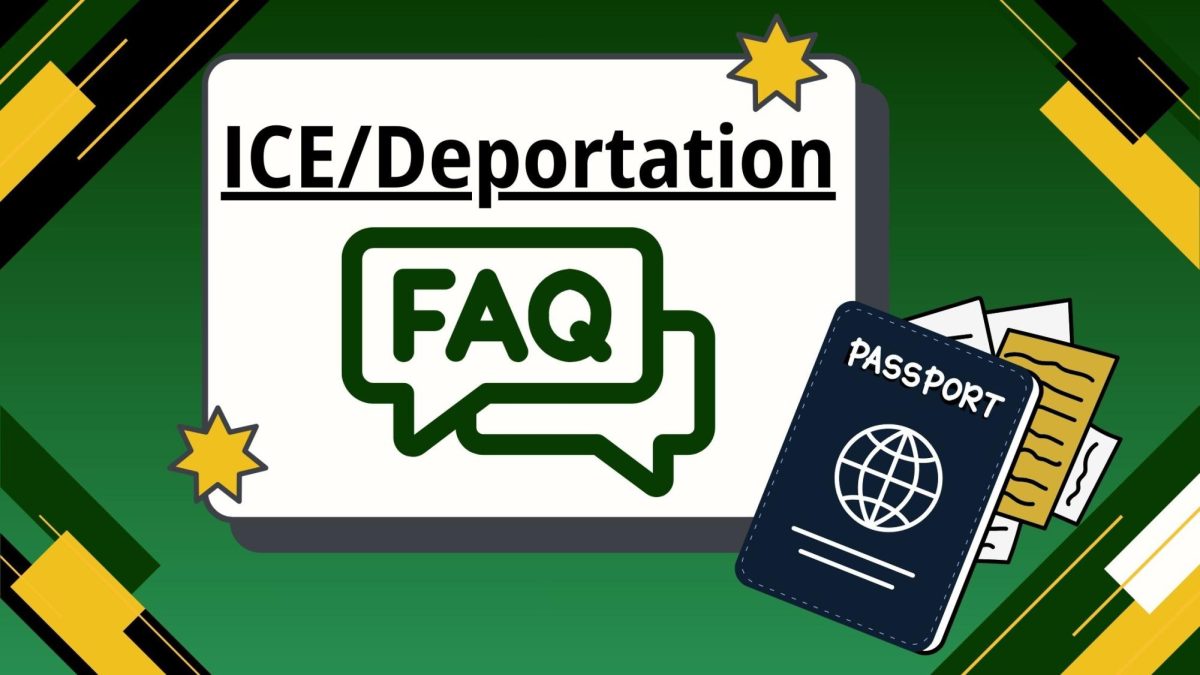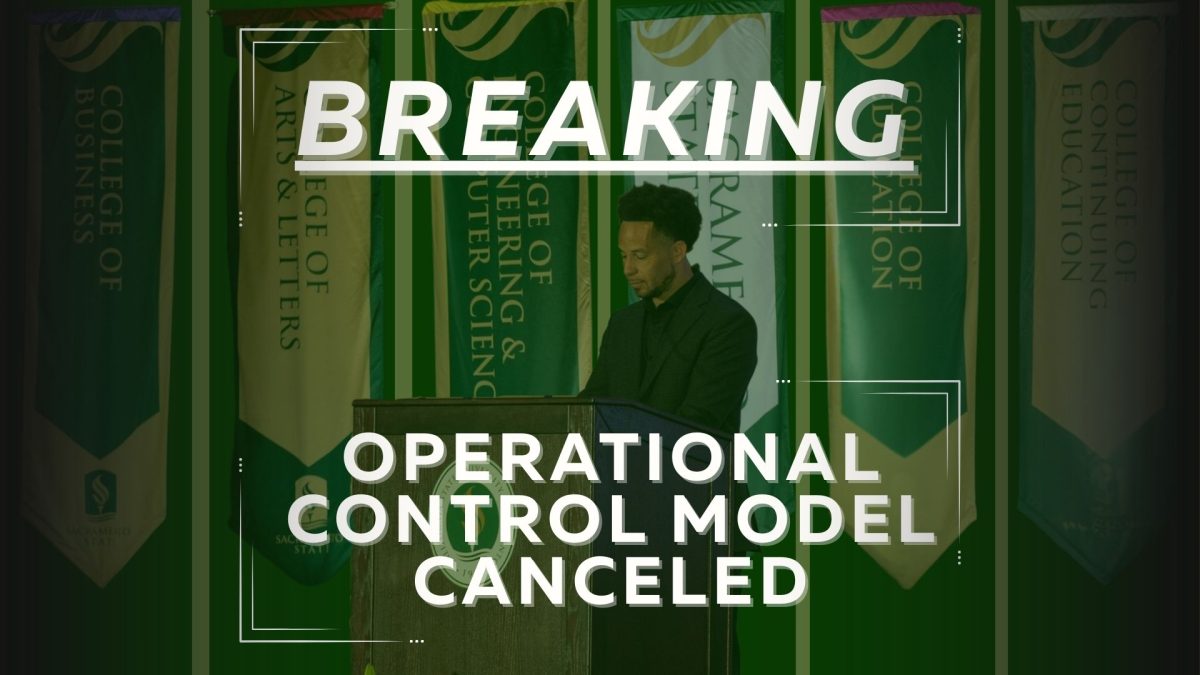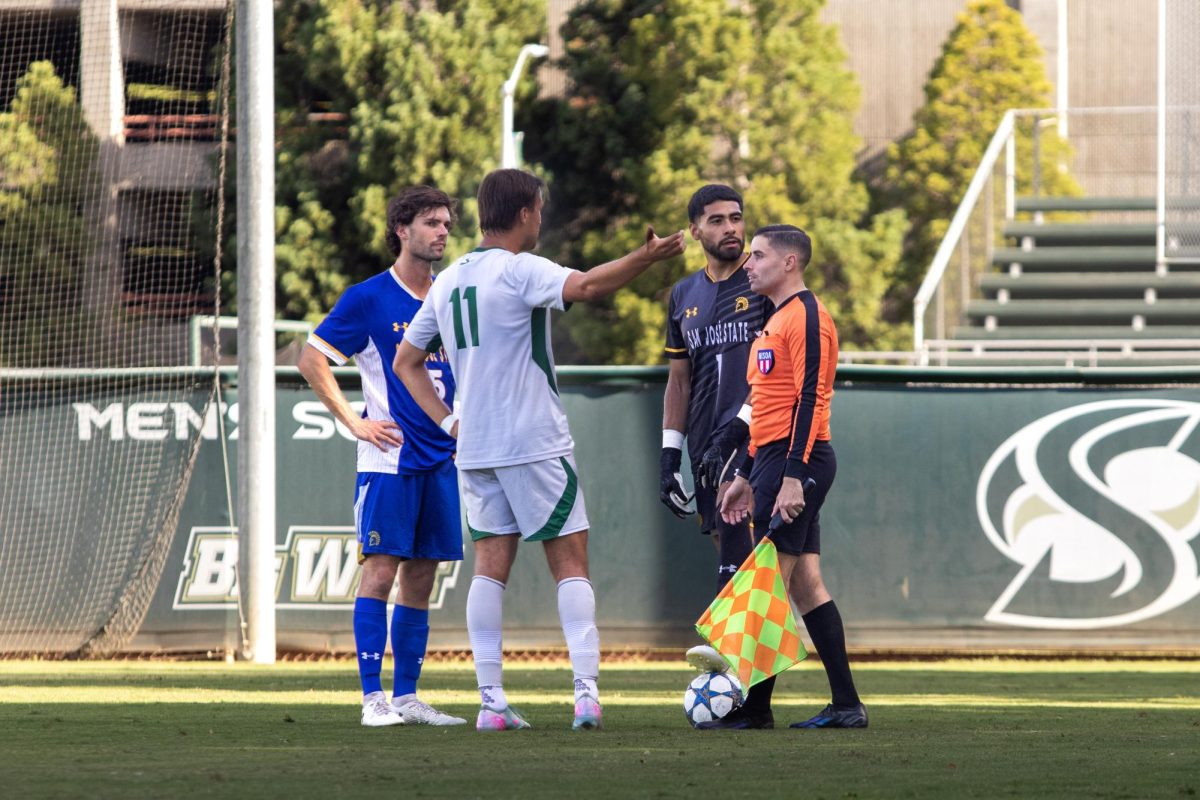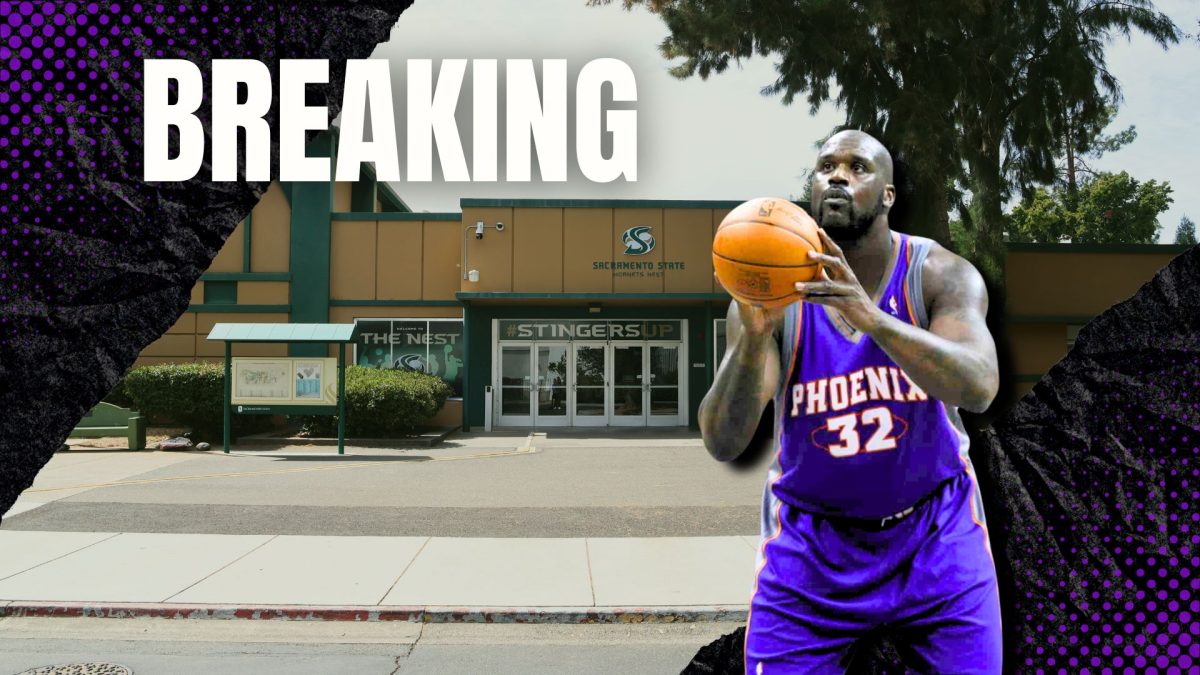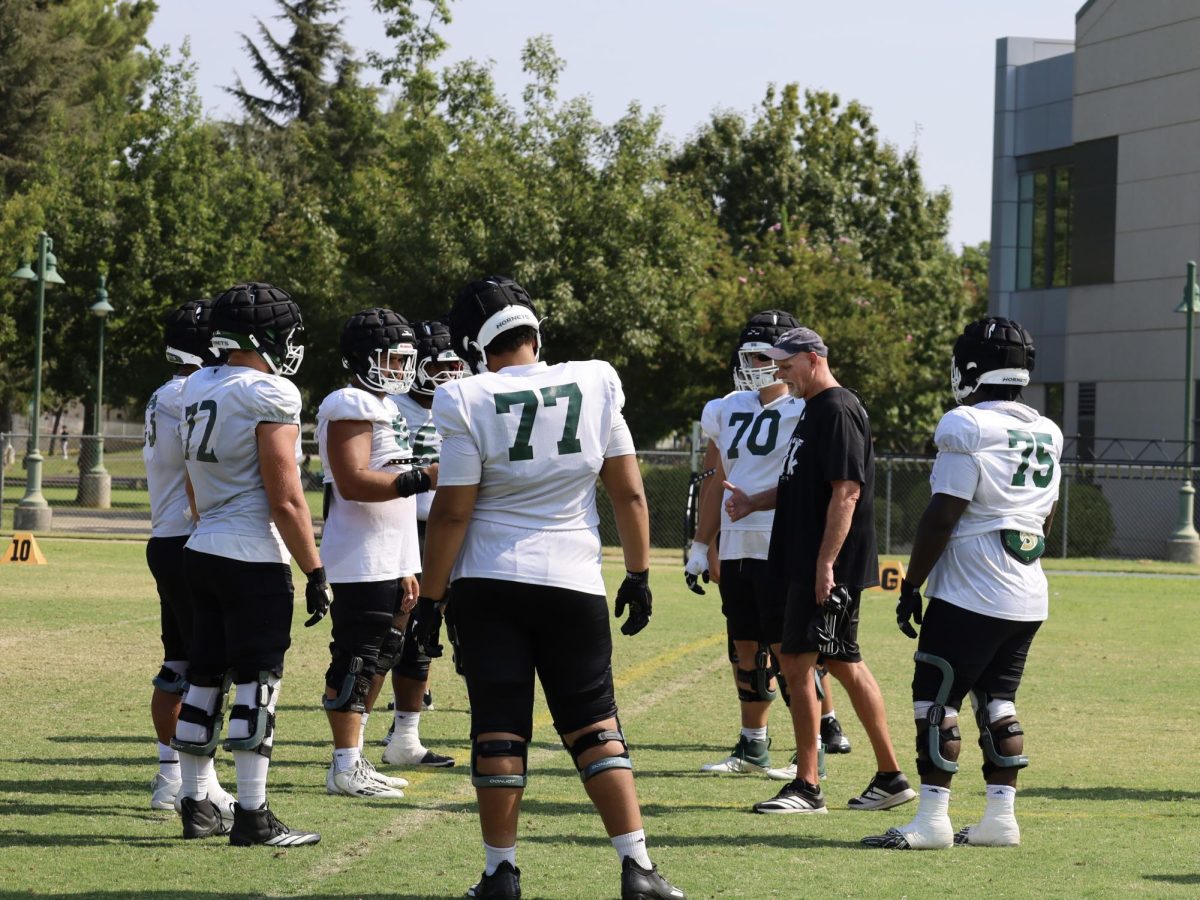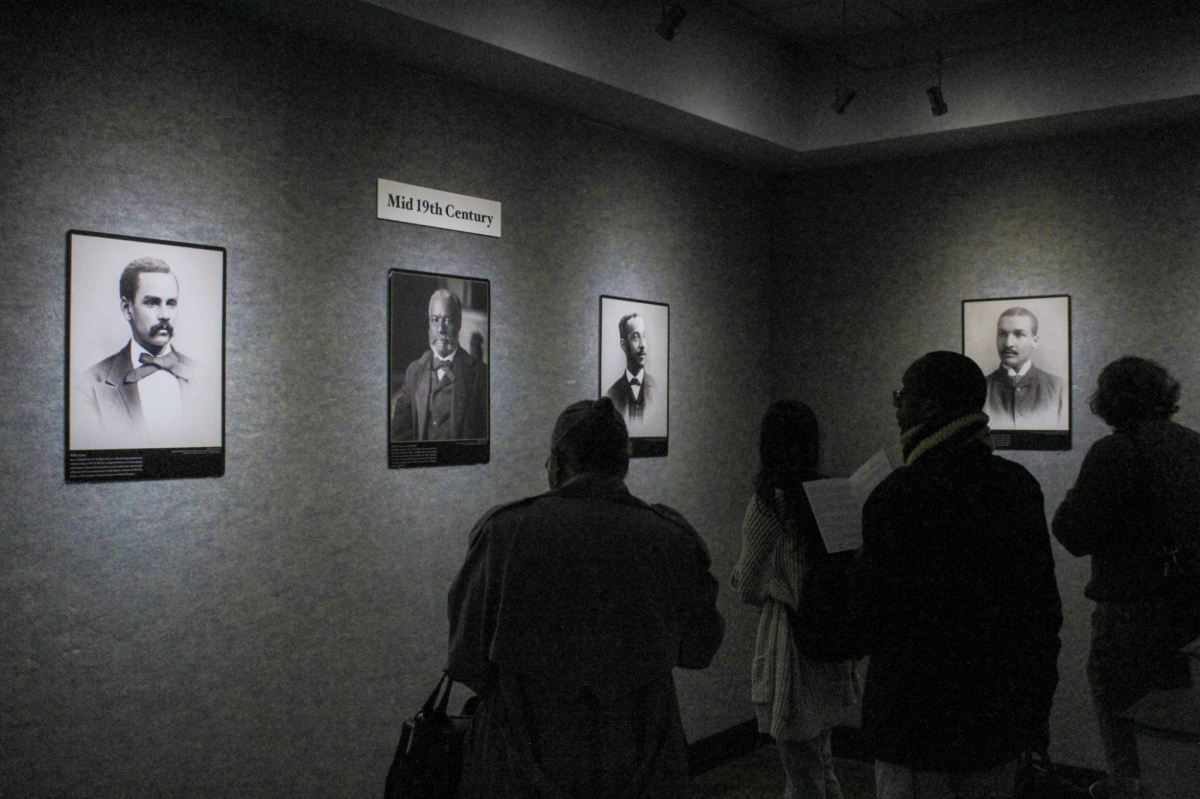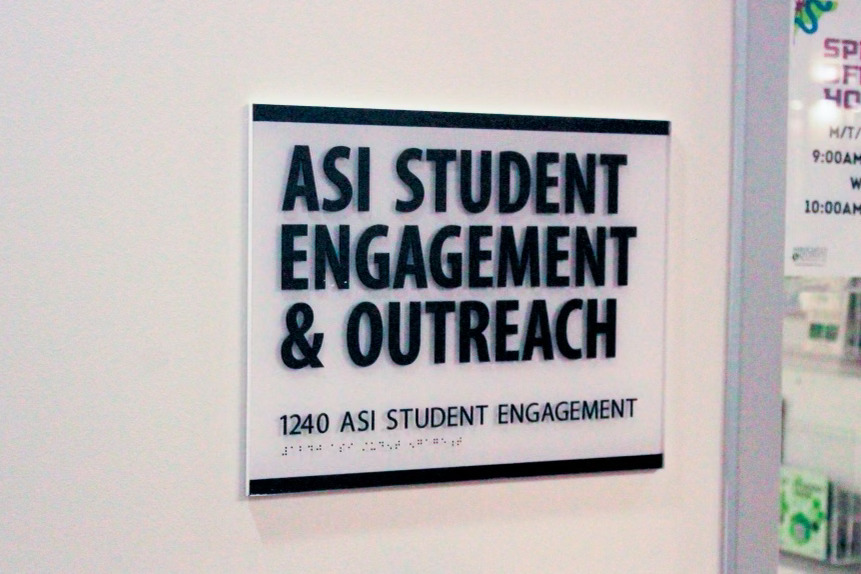Text message usage explodes over past year
November 16, 2006
(BOSTON) – With today’s technology, marriages can be broken, stock can be bought and sold and surgical instructions can be given anytime, anywhere — all without saying a word.
Text messaging has recently transitioned from a means of on-the-go, simple communication to a substitute for the most intimate — or confrontational — conversations, changing the way people communicate, according to Joe Farren, a spokesman for CTIA Wireless Association, an international organization for the wireless telecommunications industry.
According to the CTIA Web site, the volume of text messages sent and received exploded in 2006. In June of 2005, 7.3 billion texts were sent, compared with 12.5 billion texts sent in June of 2006 — a 71 percent increase.
“Clearly, it is becoming a mainstream way for Americans to communicate and stay in touch,” Farren said, adding that he expects the use of text messaging to continue to grow among the 220 million wireless subscribers in America today.
Delly Tamer, founder and CEO of LetsTalk, a company that researches mobile communication, attributed the text message boom to its convenience and its ability to provide distant communication.
“It’s impossible to pinpoint one simple reason to help explain the growth of texting,” Tamer said in an e-mail. “But certainly, we see a lot of evidence that people like the fact that you can text on the fly — while in the store, in the car, at school — but still keep some of the facelessness of email.”
Text message content varies from day-to-day chatter to the communication of more dramatic occurrences. In September 2006, a kidnapped South Carolina teenager used her captor’s cell phone to text message her mom, according to a Sept. 17 Chicago Sun-Times article. Investigators used the cell phone’s signal towers to track the phone’s location and rescue the teen.
While text messages are not always used in the case of an emergency, people do resort to texting in situations that have traditionally been face-to-face confrontations, Tamer said.
“For some reason, more people are using text messaging to communicate major life events,” Tamer said. “We’ve heard of people breaking up via texting, proposing, even quitting their jobs.”
The power of texting was recently reinforced after pop queen Brittany Spears and Kevin Federline’s break up via text message, Tamer said. In this situation, she said text messaging provides “instant gratification and delayed mortification.”
A survey released by the Pew Research Center’s Internet and American Life Project in April 2006 revealed that 35 percent of cell phone users send text messages. The largest age group text messaging is the 18 to 29-year-old age group, of which 65 percent use the text message feature.
Yet the report shows text messages provide a privacy that cell phone users often lack.
“Cell phones are blurring the boundaries between what is public and what is private,” according to an Internet Project Data memo released in April. “It is now possible to be sitting on a train or walking through a park and hear some of the most intimate details of strangers’ lives because of the way they are chatting on their cells.”


